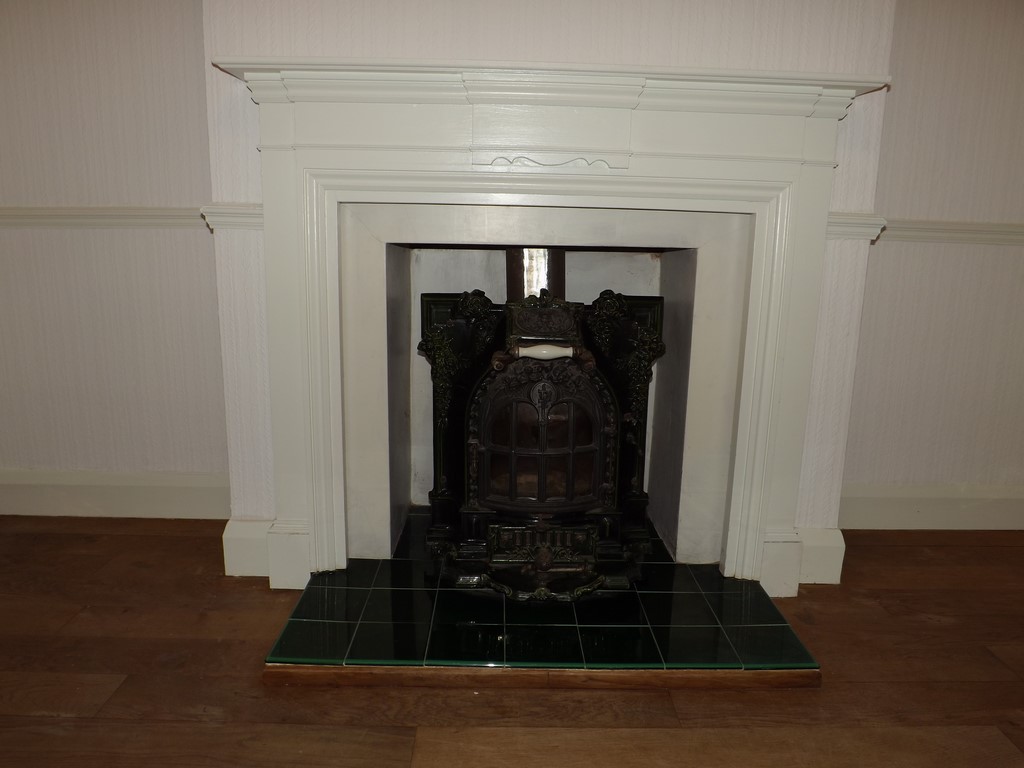Wow, I bet the modern solution is buy a new one.
If you are buying new go for something much better.
I looked at those before buying my Jøtul.
A lot is down to look, and the plain, modern may not be every one’s cup of tea, if someone doesn’t drive the technology we won’t ever move forward.
Hi Damon,
Many years ago I bought a couple of enamelled cast iron baths. One had ball and claw feet, which I kept for myself, the other, with plainer feet, I gave to my Dad as he was renovating his bathroom. The enamel on his one was in better condition, but he used a bath re-enamelling kit from Tubby [https://www.tubbyuk.com/enamel-bath-resurfacing-repair-kit]
The effect was very good and the bath stayed in good use for many years. The bath that I had kept for myself was in a worse condition. I enquired about having it shot blasted and re-enamelled, but came across the same problem that has already been posted. You need a very large oven. The guy I used for shot blasting cast iron fireplaces, would powder coat them black so they didn’t require black leading, but his oven wasn’t large enough for the bath. He believed that enamelling of larger scale items still took place in the Eastern Block Countries, but the cost of shipping would be prohibitive. Powder coating was fine for the fireplace surrounds, but it wouldn’t be suitable for
Some twenty five years ago, we found an enamelled stove in a shop in Pont Aven, Brittany. The mica in the door needed replacing, but we knew where to obtain that. The enamel was a little chipped and we need to have a flue made as it had an oval shaped smoke exit.
We enjoyed it for years and it got many admiring comments, even with the chips. It is still in our rented house, although has been condemned by our sweep as she says it requires a liner. The current tenants are more than happy just to have it as an ornament.
I would say enjoy it as it is. You were attracted enough to it to want to buy it like that. However, that was a good suggestion from another person about contacting Jotul.
While writing this I had a thought and googled it. This was the page I found [https://www.ehow.com/how_5154173_remove-stains-enamel.html]
How about agreeing a price with the seller, providing that it can be cleaned, then taking along the concoction detailed above and trying it on a section!
Good luck.
Paul
Hi Paul,
Thanks for your extensive and informative input
As it is now some six months since my original question I have soldiered through a winter with the old stove.
However I will need to replace it during the course of this summer and with your input I will be better equipped.
Hello Damien we restored antique stoves professionally for the last 12 years.
re-enamelling a whole stove does mean sandblasting it first and then taking it through a very lengthy very expensive process
if your stove wasn’t too expensive to begin with you could try removing the enamel using hydrochloric acid.
You first need to dismantle it and remove any chromed parts bolts and non cast metal fittings
You can buy the acid in supermarkets and DIY shops in France.
You need to dilute it 1:4 with water and take precautions about the length of time watch it really carefully as it will soften the metal if you leave it in too long : there’s no particular length of time because it depends on the thickness of the enamel how quick the acid dissolve the enamel - thicker the enamel the more likely it will weaken the metal.
Be extra vigilant with safety Gear wear goggles very thick elbow length gloves beware of any spillages don’t have their skin anywhere near the bucket or container and dispose of the liquid safely at your local déchetterie
However with a white stove you could get quite a nice finish by spray painting it with very high temperature enamel colour -try Italian online catalogue Macota
Hello Jo,
I appreciate your extensive and helpful input. In the end I bought a Godin during the course of the summer. It was secondhand but the enamel is virtually unmarked.
We had fun ( ) getting the flexi down the chimney - yes, I realise it usually goes up - but eventually succeeded and it has been tested and is working well.
) getting the flexi down the chimney - yes, I realise it usually goes up - but eventually succeeded and it has been tested and is working well.
The only negative is that as I was strongly recommended to use the exhaust outlet on the top rather than at the back it sits way to the rear of the chimney recess. However, that is very largely cosmetic.
